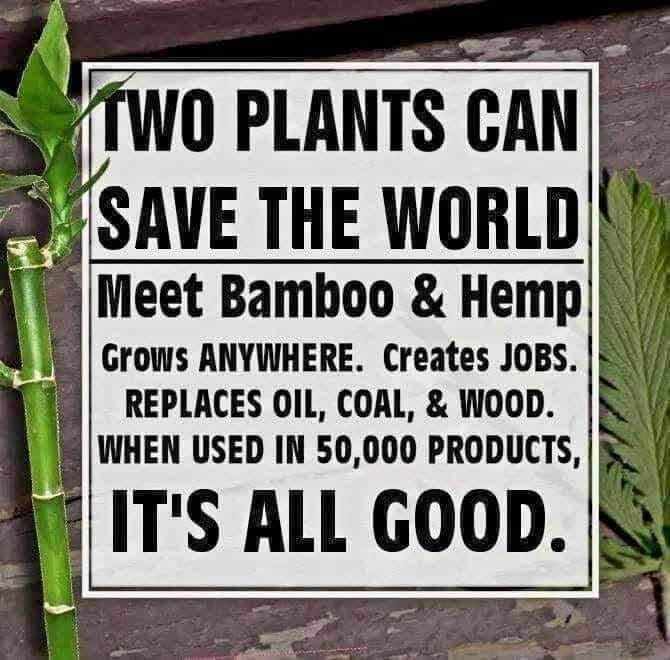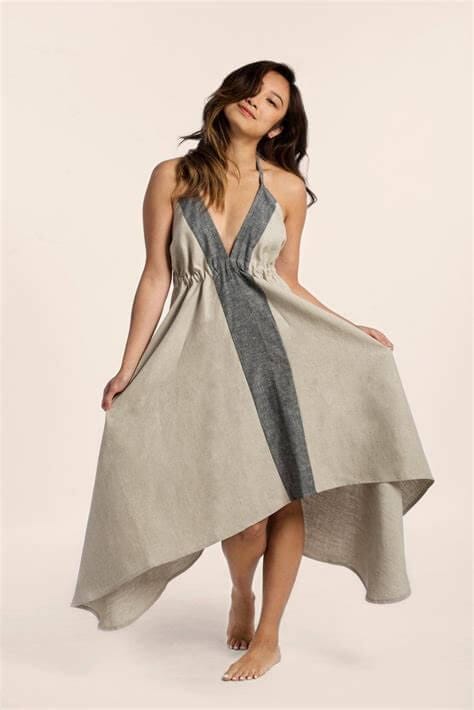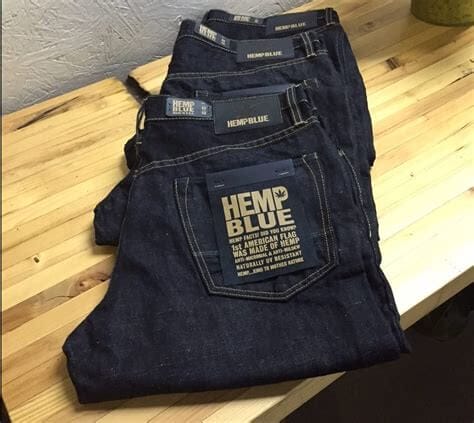What would happen to our economy if hemp was recognized
as a valuable commodity in multiple industries?
Well first, let’s define what a commodity is, shall we?
According to the Merriam-Webster dictionary, a commodity is an economic good such as a product of agriculture or mining. Products like grain, corn, oil, and coal. It can also mean something useful or valued. (Kind of the same thing, isn’t it?) The convenience and/or advantage of commodities is the wide availability offered to the public. This is a great thing, right? Well, to members of the public, of course it is! To the big corporations? Mmmm…not so much. And why is that? The more something is available, it diminishes the importance of things such as branding which in turn, leads to smaller profit margins for “them”. We can’t have that now, can we?

Do you honestly still think the issues surrounding the legalization of the C. Sativa plant has ANYTHING to do with the “War on Drugs”? Haven’t you figured out yet that it has EVERYTHING to do with Big Corporations and Big Pharma lobbying to keep such a versatile crop from ruining their bank accounts?
We’ve mentioned in numerous articles how beneficial the C. Sativa plant is from Medicinal to Industrial. “Experts” would like you to think there isn’t enough of their “research” out there for “them” to give you their interpretation of what is, or is not, good for society. Oh, and please, please, for the love of God, don’t delve into history and do your own research! You just might find out that Hemp and Marijuana have been around for centuries and have been used for a multitude of things such as…. I don’t know…natural health and wellness that can actually heal and cure you? Oh! OR you might find out that Hemp can be used as an excellent all-natural textile among other things.
In a society where greed, profit, and control of the masses reign supreme, there is a vast number of “We the People” rising up to take back control of everything. From our health, to what we produce and consume, to becoming aware of the importance of what nature has already provided for us and how to use it. Make no mistake, The Bigs will do everything they can to keep this from happening because it means the end of their reign of terror over humanity.
Think about it. C. Sativa can be grown in just about every climate all over the world. From an industrial standpoint, this would allow communities to be self-sustaining and increase their quality of life because they would have the resources necessary to create a variety of superior products which would also lead to job creation.
What do I mean by “superior products”? Let’s focus on textiles as an example.

Did you know before WWII all clothing was made from natural fibers? Did you also know synthetic textiles are actually harmful to your health? If you didn’t, well, you’re about to.
Synthetics commonly contain combinations of formaldehyde, brominated flame retardants, and perfluorinated chemicals like Teflon fibers, which give apparel non-iron and non-wrinkle durability. These perfluorinated compounds are classified as cancer-causing agents under the US Environmental Protection Agency Guidelines! Additionally, other chemicals are used during the dyeing process to maintain color. You can wash a synthetic piece of clothing over 100 times and it will still emit almost the same amount of gastric fumes that it did during the manufacturing process no matter how old the garment is. Those same toxic gases are absorbed into your skin allowing them a direct path to your bloodstream. These toxic fabrics are considered to be directly related to cancer, neurological problems, mental illness, etc.
5 Examples of Synthetic Fabrics
Nylon
Mostly found in lingerie, pantyhose, socks, etc.
Polyester
The most popular synthetic fiber and the absolute worst for your skin!
Acrylic
Made from acrylonitrile, a known carcinogen & mutagen. Used often in sweaters, winter wear, and blankets.
Rayon
Made from cellulose chemically converted from wood.
Spandex
Mostly in sportswear, bras, panties, leggings, swimwear, etc. Known for being stretchy & non-wrinkle.
So you may now be asking yourself, “What does this have to do with Hemp?” And as always, my response is, “I’m about to tell you.”
We talk extensively on the benefits of cannabinoids for our health but how often is what we put ON our bodies mentioned as relating to health? Ummm…my guess is NEVER?

As we’ve discovered how toxic synthetics are, the human health factor alone is cause enough to get whiplash looking for the closest hemp clothing retailer!
Not only is Hemp 2.5 times stronger than petrochemical plastics, it also doesn’t shed as easily as synthetic fiber.
Not to mention, the fibers that do shed during the washing process or while being worn, are not toxic. They do not leach chemicals, and are 100% biodegradable. Can you even fathom how much better off people’s health and that of the environment’s would be better off if everyone who currently used synthetics switched to hemp clothing?
5 more examples of why we should consider wearing hemp
Breathable & insulating
Hemp has natural thermoregulating properties due to the hollow structure of the fiber. This creates an optimum amount of airflow, keeping you cool in the summer and allows warmth in winter. The core temperature of the body works with the fabric.
Highly Durable
Hemp wears in, not out. Hemp’s tensile strength is up to eight times that of cotton.
Natural Moisture-Wicking & Odor Resistant
Hemp can absorb up to 20% of its own weight while still feeling dry to the touch. This is important for fabrics in contact with our skin, as perspiration is quickly absorbed and released. This means less moisture is retained and less odor-causing bacteria can build up.
Naturally Antibacterial & Antifungal
Researchers have identified hemp’s potent activity against specific bacteria (including MRSA and E. coli) and fungal strains, as well as possessing a broad spectrum of antibacterial activity. These hypoallergenic qualities make hemp great for sensitive skin and allergies.
Resistant to Mold & Mildew
Hemp is highly resistant to mold, mildew, salt water, and rotting, making it ideal for humid climates or traveling.
Now let’s consider clothing is only a portion of the textile industry…there are so many more products that can be made from hemp in this category alone! And ohhh, the health benefits!
So you see, the more we use C. Sativa in its many forms and turn it into a huge commodity that cannot be stopped or controlled, the better our future will be. From health and wellness to building materials and more, hemp is most definitely a commodity worth fighting for!

